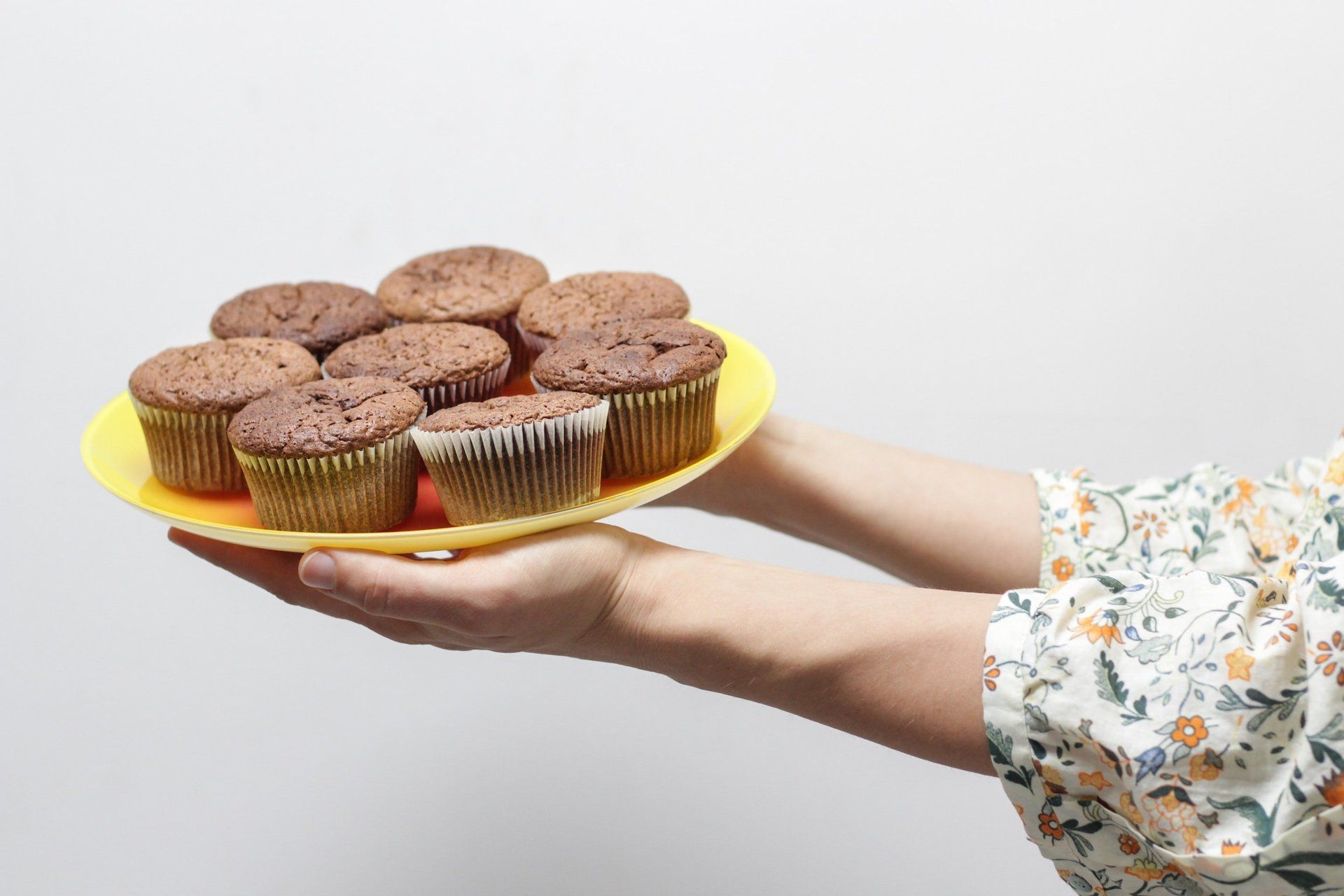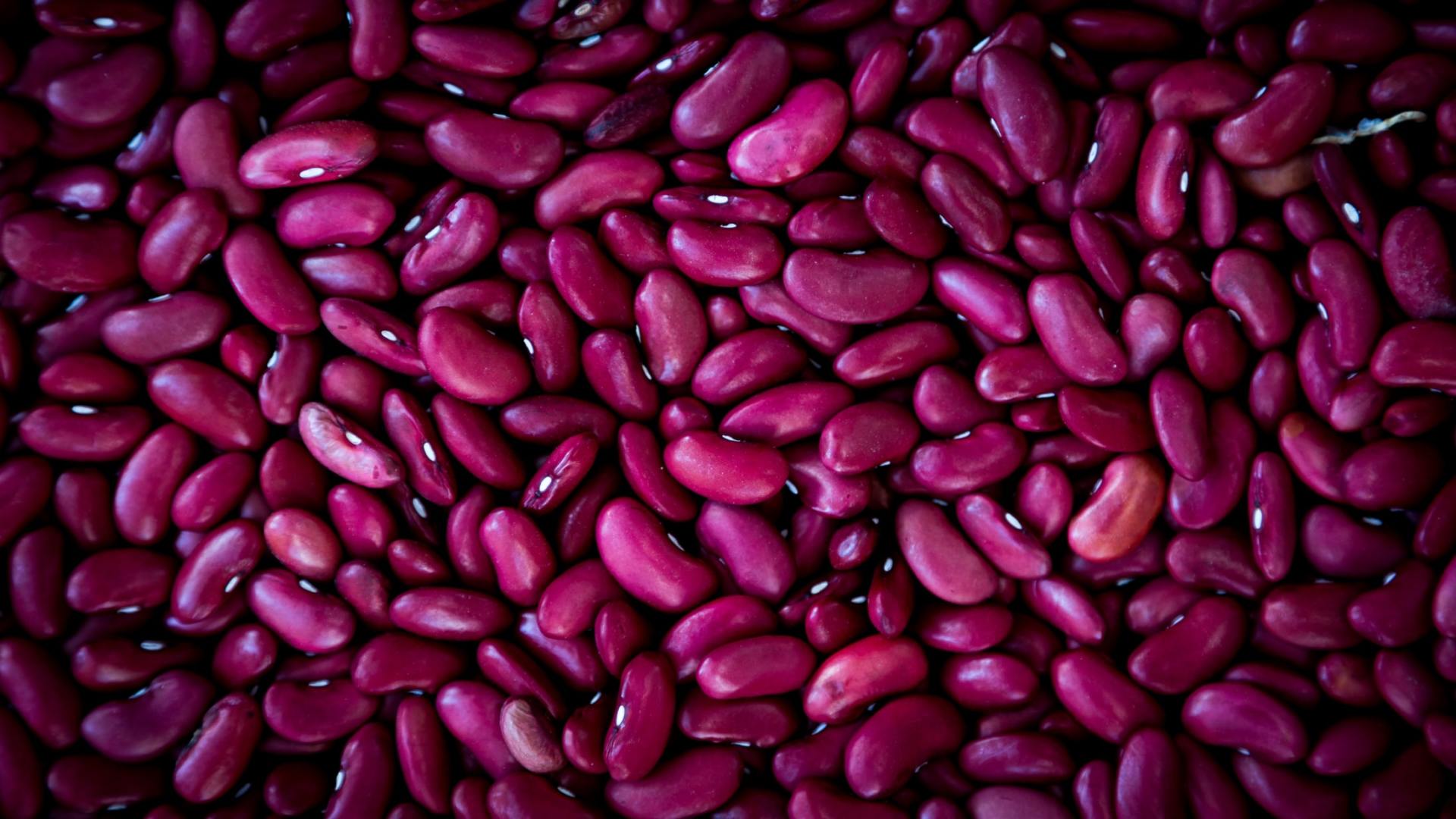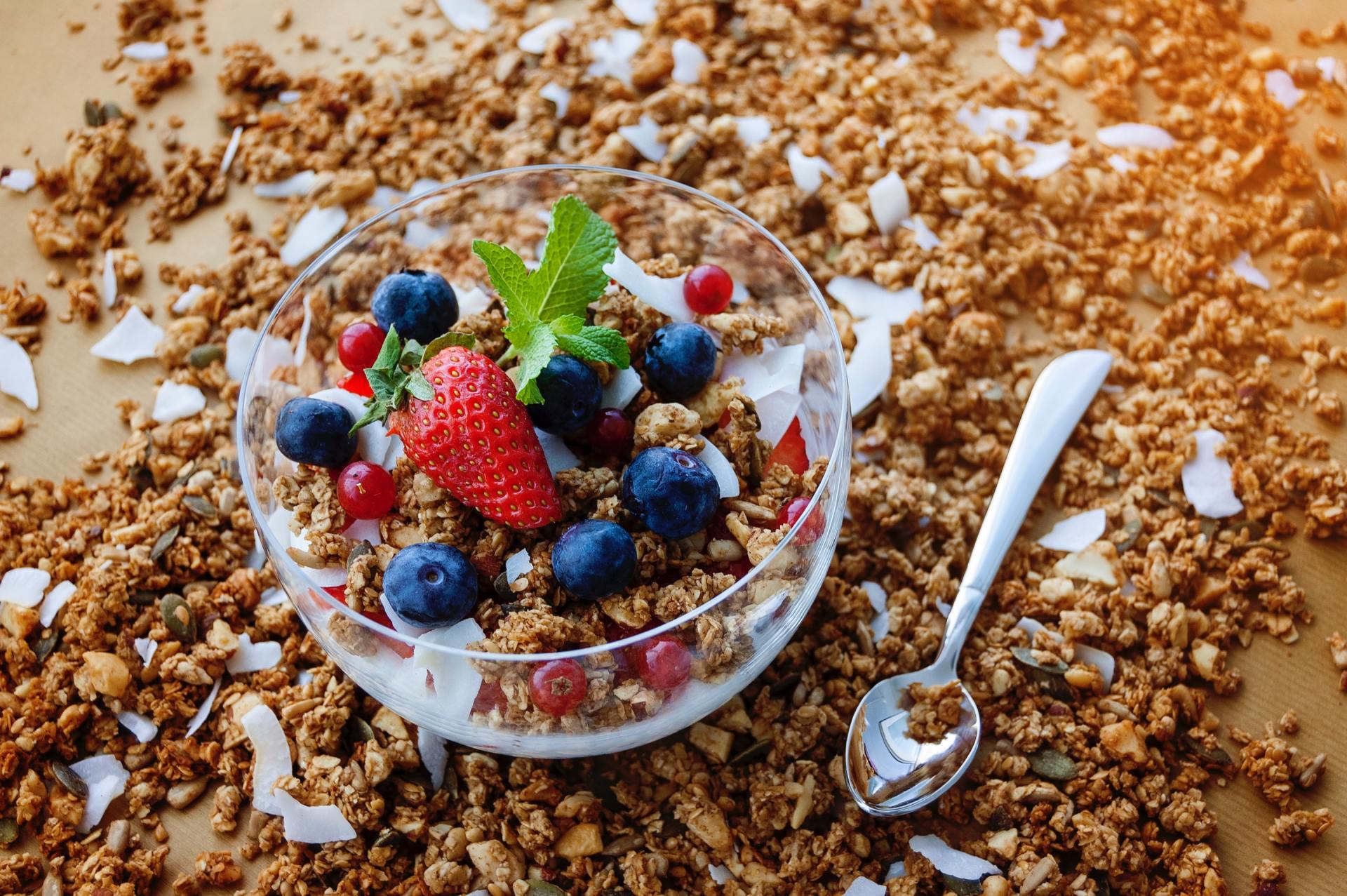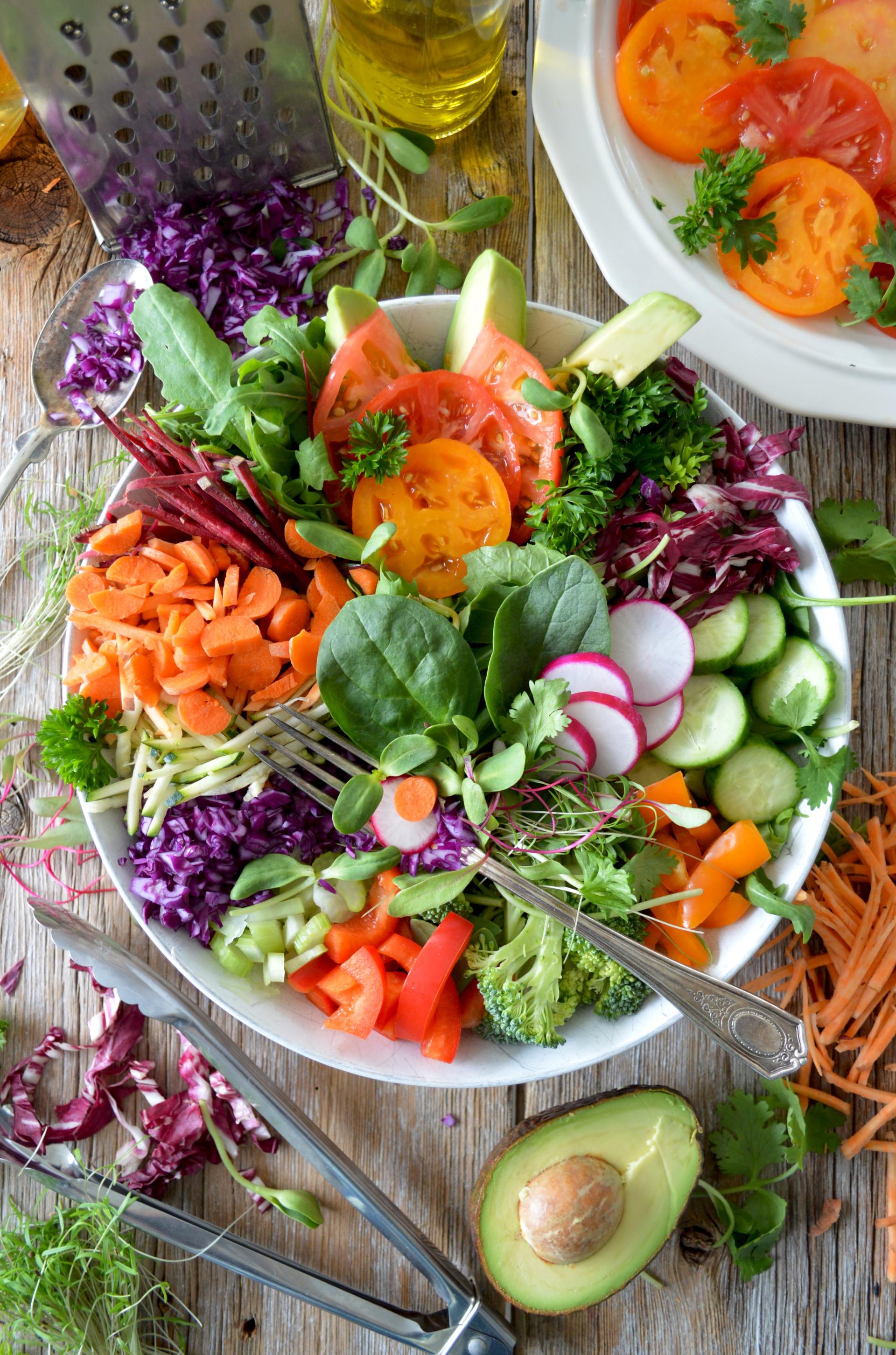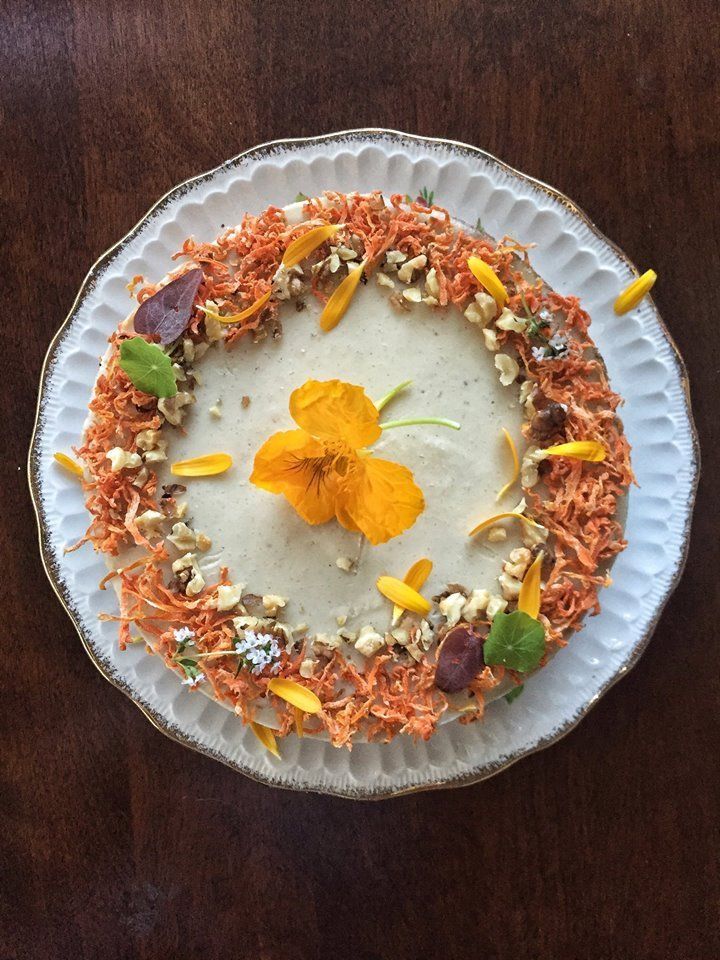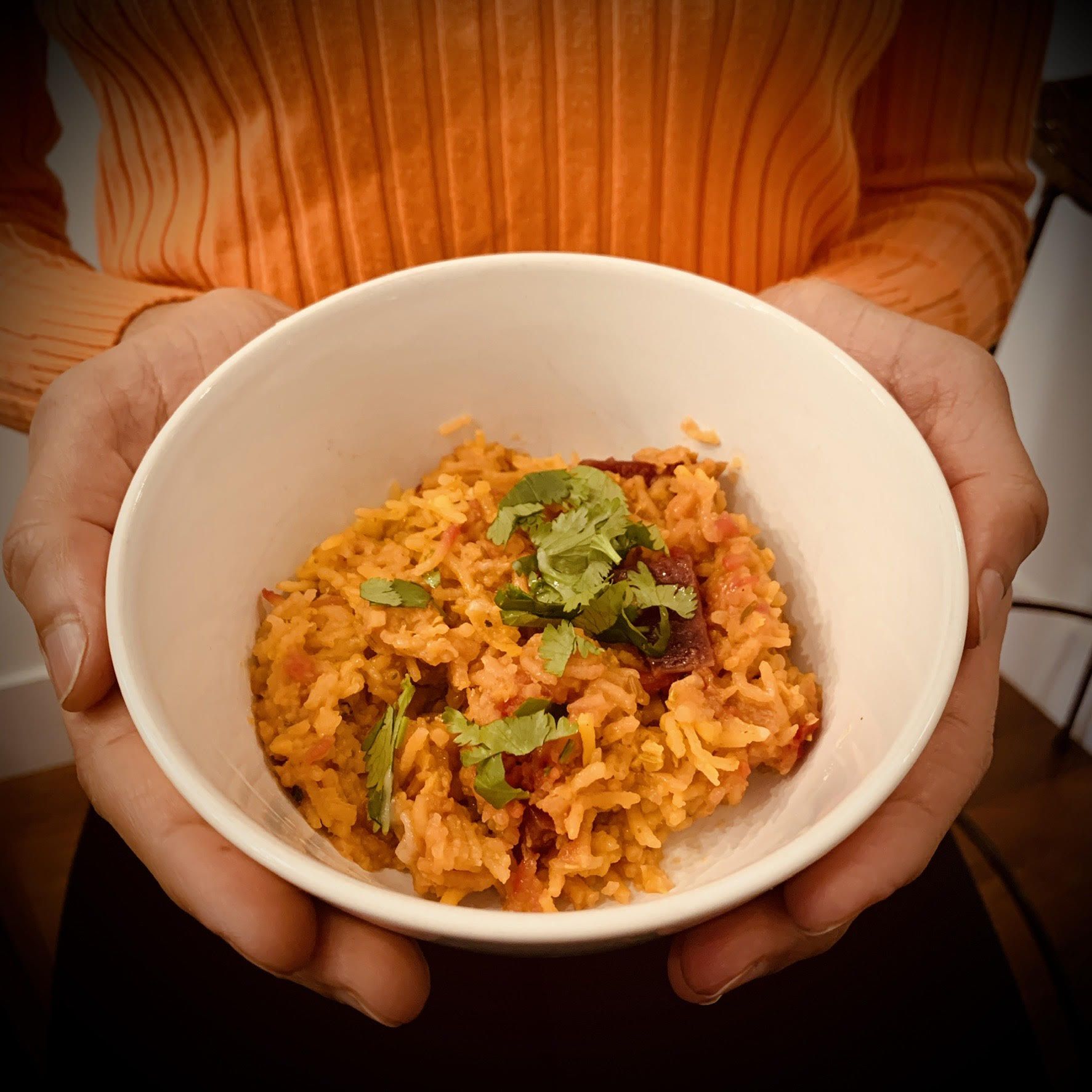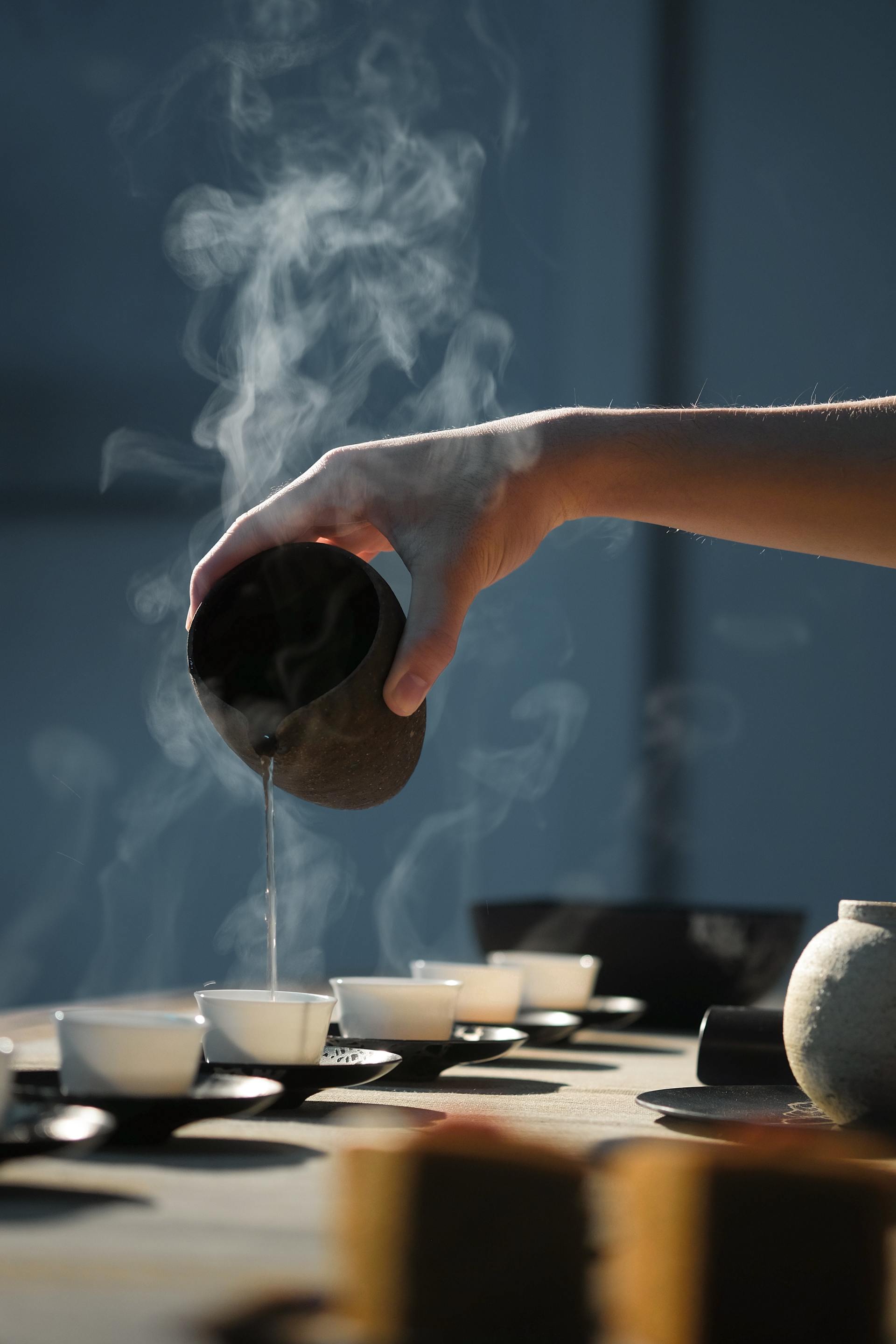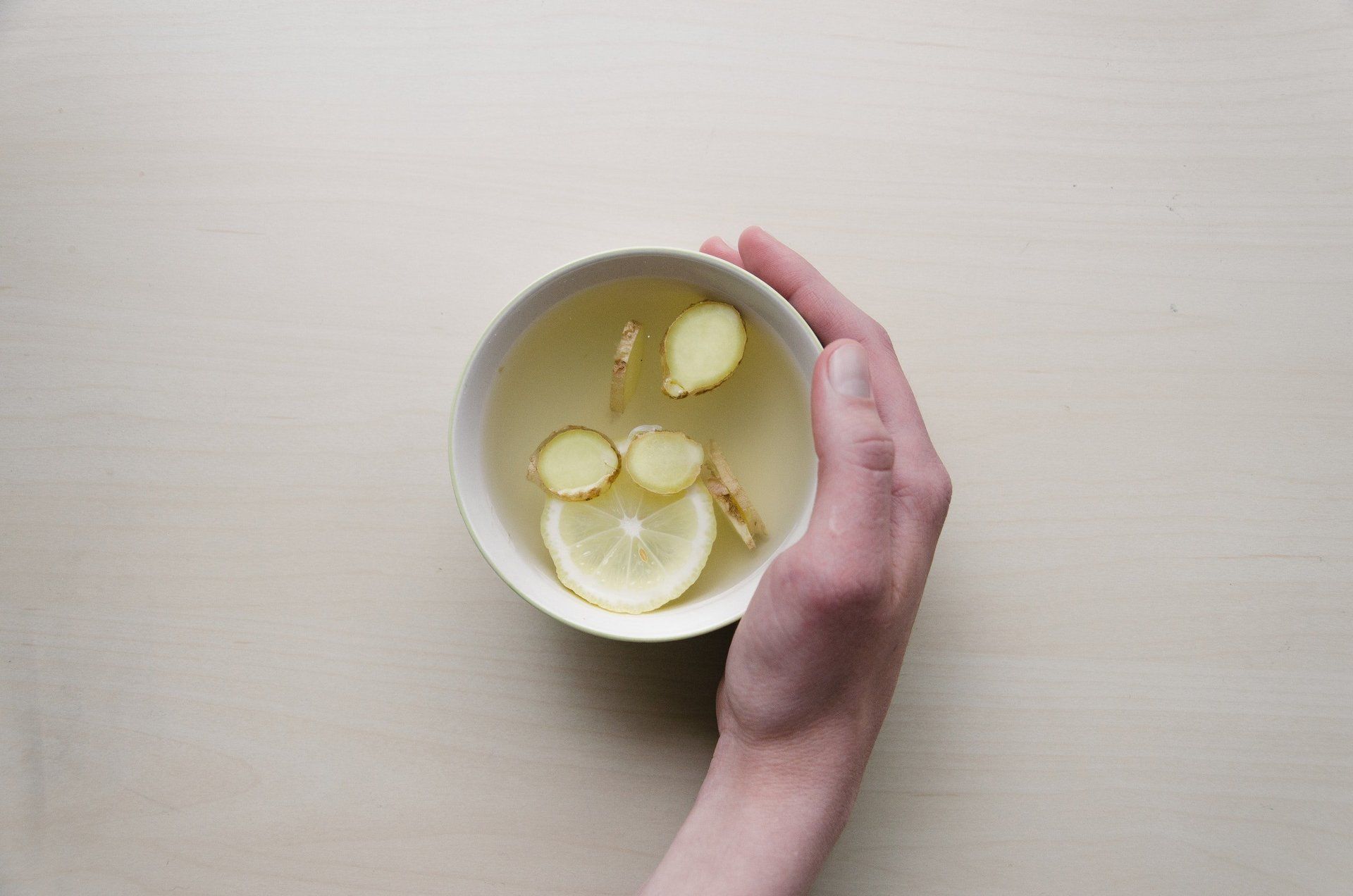Let's stop antagonizing wheat and gluten
sourcing varieties, choosing organic and careful preparation make wheat varieties and glutenous grains more nutritious and digestible.
Countless times as a healthy cooking instructor - during cooking classes, baking demonstrations and seminars - I have had someone ask me ' what it is about wheat that is so bad? !' Or they tell a familiar story of not having Celiac disease, but their symptoms (weight gain, IBS, skin problems and many other inflammatory conditions is just the tip of the iceberg) decrease or disappear when they avoid wheat and/or gluten altogether.
The rise up against the grain
Since my early days as a cook, fresh out of culinary school, I have been asked for a lot of 'mods' - special requests for a gluten-free or wheat-free version of something that's on the menu. My station in kitchens was often making pasta from scratch or making pastries. The answer was usually 'no', with chefs and cooks muttering under their breath (or some of them proclaiming loudly) that they hated accommodating these 'fake' allergies and fad diets. Yet bakeries and pasta kitchens were going out of business all over town, the ones who survived were offering alternatives to wheat and/or gluten on the menu. The Atkins diet was the first that I saw of a wave of anti-wheat, anti-gluten and now anti-grain diets like paleo and keto.
I am a lover of pasta, bread and cake, and I saw no reason to quit enjoying these foods. Although I did not share some of my fellow cook's disdain for people's diet requests, I was glad that I was not among those who needed to single themselves out in a group and ask if there was something different for them at dinner or dessert.
Discovering wheat intolerance
A few years down the road, as I was attending nutrition school, I tried out a cleanse on myself(one which excluded glutenous grains)mostly out of curiosity for what I might notice, having no major complaints health-wise. And then everything changed. My symptoms were so status-quo to me, that I thought that the bloated feeling after meals, the hung-over feeling every morning, the constipation and the brain-fog were all the normal state-of-affairs for my health. Had I not done this cleanse, I might not have known what 'better' felt like. The bar for my new 'normal' state of health and energy had been raised. After methodically re-introducing foods after the cleanse, I realized that wheat (and I thought maybe gluten in particular) was to blame. I found that I had what is known as 'wheat intolerance', and that I was among the growing masses of people who are finding that there's something about wheat that does not do our bodies good.
I know that my story is pretty low-stakes. I am fortunate not to be among the many who have serious inflammatory issues, allergies and more serious health concerns. But I was my own case study for school, and I looked at my symptoms as warning signs to pay attention to before anything more serious cropped up. I dutifully ate a diet free from gluten for a couple of years. Thankfully, this was before the plethora of gluten-free junk-foods had showed up on the market, so my diet was pretty basic and whole-foods oriented, with a lot of whole grains and very little flour at all.
The modern wheat problem
No food has been so revolted against as wheat, and later, the protein gluten was singled out as a culprit for people's growing suspicion of wheat as the cause of their weight gain, digestive woes and many other symptoms.
Yet grains- and wheat to a large degree, has been the backbone of agricultural society and staple food for generations, and if our ancestors largely thrived on it and with inflammatory conditions, allergies and auto-immune disease on the rise (especially in North America),the question should not be 'what's bad about wheat?' but 'what's changed about wheat?'
Well- in short, three things:
1) The processing of wheat flour. Our ancestors learned to grind grains between stones, which moved slowly- powered by animals or water or by wind. This slow processing didn't create the heat that modern steel roller processing does. The heat created by modern milling denatures the fats in the germ of the grain, causing whole flour to go rancid quickly. Rancid fats are one cause of free-radical cellular damage, which can lead to a variety of chronic conditions. Another processing issue is this: the label 'wholegrain' on flour in North America does not mean what you might think. Most 'wholegrain' flour is actually white flour, which has had all of the germ (vitamin E-rich healthy fat) and bran (fiber, most of the vitamins and minerals in the grain) removed. Some of the (now potentially rancid) germ and the bran is added back to the white flour and is called 'whole'. Hmmm...
2) The toxic load of a chemical called glyphosphate which is permissible and abundant in conventional wheat is now being pointed to as a likely culprit for more and more people having issues with wheat. Symptoms include but are not limited to: bloating, indigestion, constipation, allergies to wheat and other foods, skin problems and inflammatory issues of all kinds. This is because the chemical disrupts the functioning of bacteria in the gut , throwing off the healthy balance of microbiota. The answer here (in addition to expressing outrage that this chemical is allowed in our food system by calling for a ban of Monsanto's Roundup) is to buy organic.
The spraying of this chemical is so far not allowed on organic foods. In addition to avoiding conventional wheat, supplementing your diet with probiotic-rich foods like sauerkraut, kimchi, fermented pickles and yogurt helps keep a balanced micro-flora; imperative for digestive and immune functioning.
3) Our grain-eating ancestors prepared grains carefully for maximum benefit. Wheat (and other grains) in its whole and unprocessed form is not properly digested and is high in an anti nutrient called phytic acid. Consuming a diet too high in this anti-nutrient causes malabsorbtion of minerals, especially zinc and iron. Grains that go through the process of soaking, sprouting and/or fermentation are not only much lower in phytates, but are also 'predigested', making them much easier for our bodies to absorb the nutritive value from the grains.
Opening up to sprouted grains and enjoying fluffy, healthier cake!
After a couple of years eating a gluten-free diet out of fear that the uncomfortable symptoms I had lived with for years would crop back up, I started learning more about modern wheat and farming practices, heirloom relatives of wheat and about the processing of glutenous grains for digestibility. I started by making my own sprouted kamut and spelt crackers and then branching out to learn how to make sourdough breads and sweets. My food world blew wide open again! After years of avoiding sweets and breads, or occasionally putting up with the GF versions that were never quite as good or were full of other dubious ingredients, I could enjoy whole-grain crackers, cakes and breads.
So in our baking classes, I recommend either or both methods of preparation if you want to keep enjoying bread and baked goods made with heirloom glutenous grains.
Learn to bake with sprouted ancient grains
Our upcoming class by guest baker, Lexi- is all about sprouted flour, its yummy (also all vegan) products and how to work with it. The Sprouted Bread Frontier class is on Sept 17- so join us!
https://www.eventbrite.ca/e/healthy-cooking-classes-cook-ea…
All the flour in our class is from Abbotsford's One Degree Organic Foods mill <3 <3 <3
The photo is one of Baker Lexi's beautiful vegan creations. It's a sprouted grain carrot cake. It's as moist and yummy as conventional, but unlike conventional wheat cake, it will love you back too.
